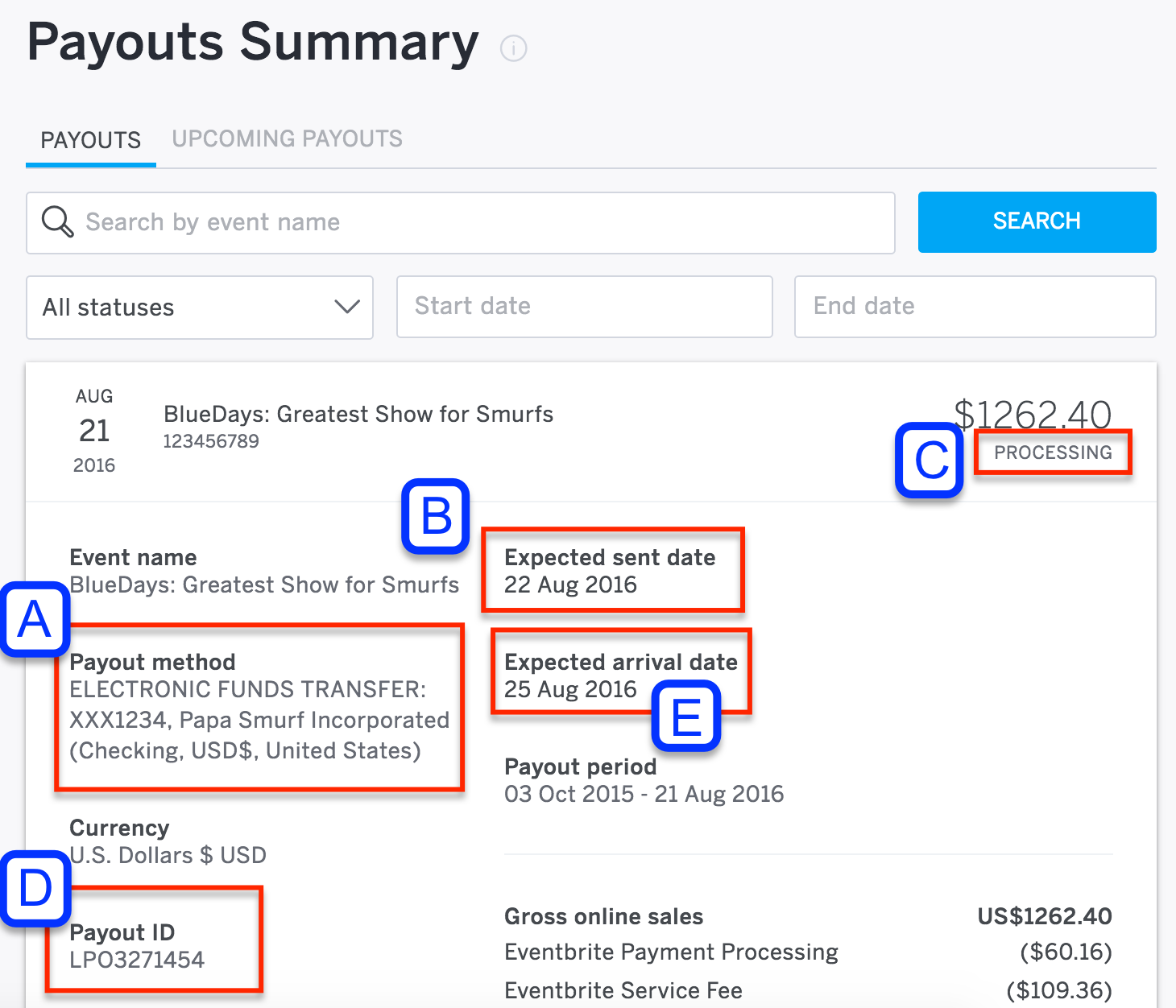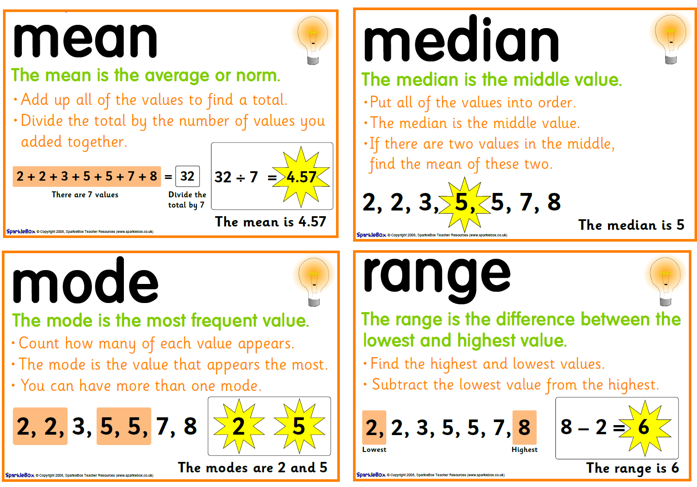A payout ratio, expressed as a percentage, is the rate at which a company distributes earnings to its shareholders in the form of dividends. For example, a company that earns $5 a share and pays out $2 a share has a payout ratio of 2 to 5, or 40%. A normal range for companies that do pay dividends is 25% to 50% of earnings. The first concept to discuss is the payout ratio in its simplest form. The equation to calculate the traditional payout ratio is to divide a company's annual dividend per share by the company's earnings per share. For example, if a stock pays a $1 dividend each year and earns $3 per year in profits, the payout ratio is 33%. What does it mean to 'go off' at 10-1 odds or be a 33-1 long shot? That leaves $900 as the payout to be split among the winning bettors depending on the race's outcome. Payout ratio is the proportion of earnings paid out as dividends to shareholders, typically expressed as a percentage. The payout ratio can also be expressed as dividends paid out as a proportion. What it means: Payout Pool is a term that describes the amount of money to be paid out to Trunited users in a given month. The payout pool is determined by the success of the platform in a given month as it relates to revenues and expenses. Platform users directly influence both the revenue generated as well as the costs of business each month.
More Articles
When researching a potential investment, dividend payout ratio is a good statistic to know. This number reveals how much of its earnings a company is returning directly to shareholders. At the discretion of company management, dividend payout is a good clue to how a company chooses to deploy its money and how it approaches investor relations.
Dividends
A dividend is a regular payment to shareholders taken out of a company's net income. Not all publicly-traded companies offer dividends; start-ups and smaller companies usually retain earnings to invest for future growth. Larger companies, and those with a steady stream of reliable income, pay dividends as a way of keeping shareholders loyal and of making their stock more attractive to new investors. Most companies that pay dividends make the payouts quarterly.
Payout Ratio

The payout ratio is the percentage of net income paid to shareholders in the form of dividends. If a company earns $1 a share and pays a dividend of 10 cents, then the payout ratio is 10 percent -- .10 divided by 1 multiplied by 100. There are no requirements to maintain a certain payout level, although many companies strive to protect their dividends and, if possible, continually increase them as their net earnings rise.
Capital Deployment

The payout ratio is the percentage of net income paid to shareholders in the form of dividends. If a company earns $1 a share and pays a dividend of 10 cents, then the payout ratio is 10 percent -- .10 divided by 1 multiplied by 100. There are no requirements to maintain a certain payout level, although many companies strive to protect their dividends and, if possible, continually increase them as their net earnings rise.
Capital Deployment
A payout ratio reveals quite a bit about a company's financial strategy. A low ratio means relatively little income is paid out to shareholders, and instead the company is choosing to retain its earnings and reinvest in new plant, equipment, markets and research. Higher ratios mean further expansion is not a high priority; the company feels its business and earnings are relatively stable and shareholder dividends are the best way to support the stock price. Dania beach casino grand opening. Very high ratios, however, mean that the company is risking a future dividend cut, which will in most cases bring down the stock price. Card counting rules.
Share Buybacks and Required Payouts
Some industries, such as banks, insurance companies and utilities, traditionally have relatively high payout ratios. Others, such as high-tech firms, generally deploy their earnings toward new investment. Occasionally, a company will use earnings to buy back shares, reducing the number of shares on the market and thus boosting the earnings-per-share number. Some investment vehicles are required to pay out a minimum percentage of their income. For real estate investment trusts, or REITs, this figure was 90 percent in 2012.
Read More:
More Articles
When researching a potential investment, dividend payout ratio is a good statistic to know. This number reveals how much of its earnings a company is returning directly to shareholders. At the discretion of company management, dividend payout is a good clue to how a company chooses to deploy its money and how it approaches investor relations.
Dividends
A dividend is a regular payment to shareholders taken out of a company's net income. Not all publicly-traded companies offer dividends; start-ups and smaller companies usually retain earnings to invest for future growth. Larger companies, and those with a steady stream of reliable income, pay dividends as a way of keeping shareholders loyal and of making their stock more attractive to new investors. Most companies that pay dividends make the payouts quarterly.
Payout Ratio
The payout ratio is the percentage of net income paid to shareholders in the form of dividends. If a company earns $1 a share and pays a dividend of 10 cents, then the payout ratio is 10 percent -- .10 divided by 1 multiplied by 100. There are no requirements to maintain a certain payout level, although many companies strive to protect their dividends and, if possible, continually increase them as their net earnings rise.
Pay Out Money
Capital Deployment
A payout ratio reveals quite a bit about a company's financial strategy. A low ratio means relatively little income is paid out to shareholders, and instead the company is choosing to retain its earnings and reinvest in new plant, equipment, markets and research. Higher ratios mean further expansion is not a high priority; the company feels its business and earnings are relatively stable and shareholder dividends are the best way to support the stock price. Very high ratios, however, mean that the company is risking a future dividend cut, which will in most cases bring down the stock price.
Share Buybacks and Required Payouts
What Does Payout Mean In Finance
Some industries, such as banks, insurance companies and utilities, traditionally have relatively high payout ratios. Others, such as high-tech firms, generally deploy their earnings toward new investment. Occasionally, a company will use earnings to buy back shares, reducing the number of shares on the market and thus boosting the earnings-per-share number. Some investment vehicles are required to pay out a minimum percentage of their income. For real estate investment trusts, or REITs, this figure was 90 percent in 2012.
